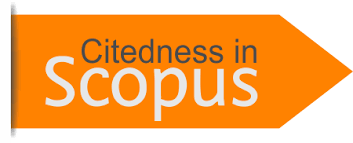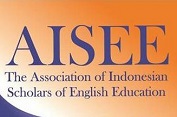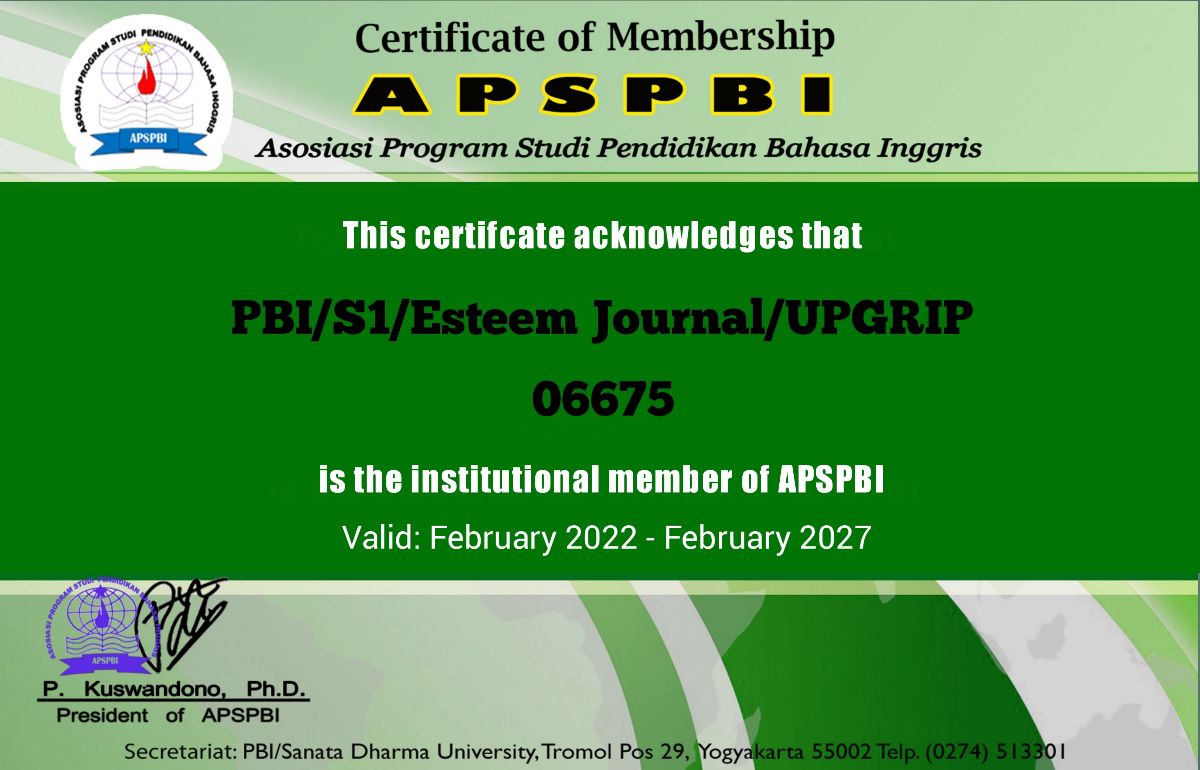THE STUDENTS’ PERCEPTION TOWARDS USING MOBILE APPLICATION FOR BUSINESS ENGLISH LEARNING
DOI:
https://doi.org/10.31851/esteem.v5i2.8548Keywords:
The Students Perceptions, Mobile Application, Business English LearningAbstract
This paper reviews about The Students’ Perception towards Using Mobile Application for Business English Learning that the writer consider, may contribute to the overall effectiveness of the learning process of Business English Learning. The focus of the study is to know the implementation of Using Mobile Application for Business English Learning. The problem of this research is about “What is student’s perception mobile application for Business English Learning? In line with focus of research is to know student’s perception toward the mobile application for Business English Learning. It is necessary to describe the weaknesses and strengths in Using Mobile Application for Business English Learning into the mobile application: WhatsApp and Google Classroom. In this study, the writer used qualitative method, the writer provided questionnaires. The questionnaire was given by the writer to 39 students. They were told by the writer to answer the questions to find out the students perception toward English business learning using Mobile Application. Based on the findings and discussion, using the mobile application (Google classroom & WhatsApp) in Business English learning online classroom is the best choice due to pandemic COVID-19. In term of students perceptions toward using mobile application the writer concluded that it clearly shows the students have perceptions in English learning during the pandemic COVID-19 while using mobile application (Google classroom & WhatsApp); such as learning English using a mobile application makes it easier to learn and they understand learning using a mobile application, but sometimes students understand better if they learn face-to-face. In term of the students perceptions toward strengths and weaknesses in using mobile application for English learning, the writer conclude that it clearly shows that the strengths and weaknesses of using mobile applications for learning English, most of the answers of students in the strengths of a mobile app is to simplify the learning process due to the covid-19 pandemic. The weaknesses is that learning will be difficult when the internet connection has problems and slow.
References
Astika. (2017). Pemanfaatan WhatsApp sebagai Forum Diskusi dan Penyebaran Materi Pembelajaran pada Mahasiswa. Diakses tanggal 22 Februari 2019, darihttps://offeringkaduapsip.wordpress.com/2017/10/27/pemanfaatan WhatsApp sebagai-forum-diskusi-dan-penyebaran-materi-pembelajaran-pada mahasiswa/
I.N. M. Shaharanee, J. Et al. (2016) “The Application of Google Classroom as a Tool for Teaching and Learning,†vol. 8, no. 10, pp. 5–8.
Kukulska-Hulme.A., & Shield, L. (2008). An overview of mobile-assisted language learning: From content delivery to supported collaboration and interaction. ReCALL, 20 (3), 271–289.
Larasati, W.,dkk. (2013). Efektivitas Pemanfaatan Aplikasi WhatsApp sebagai Sarana Diskusi Pembelajaran Pada Mahasiswa (UIN Sunan Kalijaga Yogyakarta).Diakses dari https://www.academia.edu/10886930/
Nemoto, T., & Beglar, D. (2014). Likert-scale questionnaires. In JALT 2013 Conference Proceedings (pp. 1-8).
Oakley, G. Pegrum, M., Faulkner, R. & Striepe, M. (2012). Exploring the Pedagogical Appli- cations of Mobile Technologies for Teaching Literacy.
Rifiyanti, H. (2020). Journal of English Language Teaching Learners’ Perceptions of Online English Learning during COVID-19 Pandemic, 01, 31–35.
Rokhmawati, I. R. (2020). Blended Learning Approach in Teaching Writing Recount Text. International Journal for Innovation Education and Research, 8(2), 27–40.
S. Latif. (2016). Learning Engagement in Virtual Environment. vol. 148, no. 11, pp. 7–13.
S. Rao, English for Business and Management (Journal for Research Scholars and Professionals of English Language Teaching ISSN: 2456-8104, Issue 2, Vol. 1, 2017.
Sugiyono. (2014). Metode Penelitian Pendidikan Pendekatan Kuantitatif, Kualitatif, dan R & D. Bandung: Alfabeta.
Truong, D. (2010). How To Design a Mobile Application to Enhance Teaching and Learning ?, 4–11.
Pranajaya, & Hendra Wicaksono. (2017). Pemanfaatan Aplikasi WhatsApp (WA) Di Kalangan Pelajar (Studi kasus Di MTs Al Muddatsiriyah dan MTs jakarta Pusat). Prosiding SNaPP2017 Sosial, Ekonomi, Dan Humaniora.
Zou, B., & Li, J. (n.d.). Exploring mobile apps for English language teaching and learning, (2015), 564–568.
Downloads
Published
Issue
Section
License
Copyright Notice
Authors who publish with this journal agree to the following terms:
In order to assure the highest standards for published articles, a peer review policy is applied. In pursue of the compliance with academic standards, all parties involved in the publishing process (the authors, the editors and the editorial board and the reviewers) agree to meet the responsibilities stated below in accordance to the Journal publication ethics and malpractice statement.
Duties of Authors:
- The author(s) warrant that the submitted article is an original work, which has not been previously published, and that they have obtained an agreement from any co-author(s) prior to the manuscript’s submission;
- The author(s) should not submit articles describing essentially the same research to more than one journal;
- The authors(s) make certain that the manuscript meets the terms of the Manuscript Submission Guideline regarding appropriate academic citation and that no copyright infringement occurs;
- The authors(s) should inform the editors about any conflict of interests and report any errors they subsequently, discover in their manuscript.
Duties of Editors and the Editorial Board:
- The editors, together with the editorial board, are responsible for deciding upon the publication or rejection of the submitted manuscripts based only on their originality, significance, and relevance to the domains of the journal;
- The editors evaluate the manuscripts compliance with academic criteria, the domains of the journal and the guidelines;
- The editors must at all times respect the confidentiality of any information pertaining to the submitted manuscripts;
- The editors assign the review of each manuscript to two reviewers chosen according to their domains of expertise. The editors must take into account any conflict of interest reported by the authors and the reviewers.
- The editors must ensure that the comments and recommendations of the reviewers are sent to the author(s) in due time and that the manuscripts are returned to the editors, who take the final decision to publish them or not.
Authors are permitted and encouraged to post online a pre-publication manuscript (but not the Publisher final formatted PDF version of the Work) in institutional repositories or on their Websites prior to and during the submission process, as it can lead to productive exchanges, as well as earlier and greater citation of published work (see The Effect of Open Access). Any such posting made before acceptance and publication of the Work shall be updated upon publication to include a reference to the Publisher-assigned DOI (Digital Object Identifier) and a link to the online abstract for the final published Work in the Journal.





























